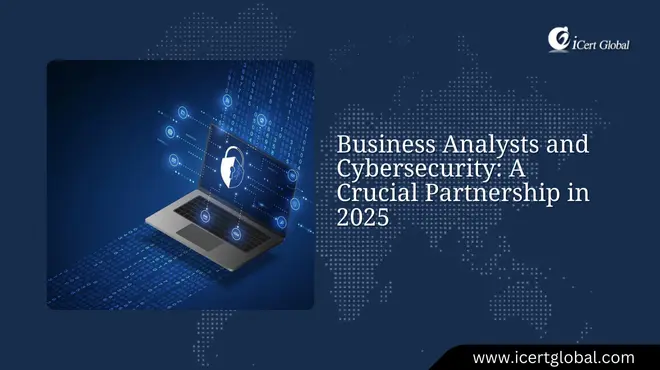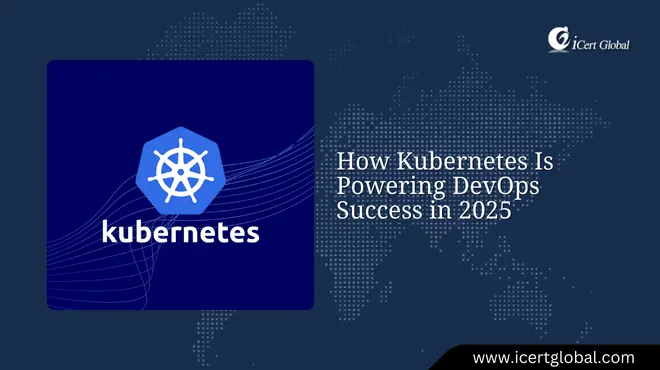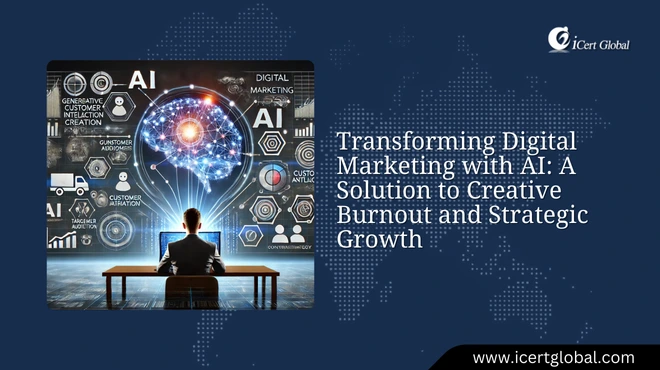Latest Articles
Python in Education: How It’s Shaping the Next Generation of Developers
In a time where data and automation are important, many people need coding skills more than ever. A new report showed th...
Python for Beginners: How to Launch a Career in Tech in 2025
Over 80% of technology executives now claim that familiarity with Python is their top qualification required when they r...
Python’s Role in Robotic Process Automation: Streamlining Business Workflows
From startups to enterprises, Python’s popularity and influence in RPA make it a top choice for innovation and wor...
From Data to Decisions: The Growing Impact of Business Analysts in 2025
The current business world has a strange situation: even though companies have more data than ever, 70% of business chan...
The Rise of Generative AI: What It Means for Business Analysts
From traditional AI models to generative AI, understanding these technologies is becoming essential for analysts shaping...
Business Analysts and Cybersecurity: A Crucial Partnership in 2025
As cybersecurity threats in 2025 grow more advanced, business analysts are becoming key partners in identifying risks an...
How Kubernetes Is Powering DevOps Success in 2025
More than 70% of the firms that use a modern-day cloud-native architecture have adopted or will adopt Kubernetes as part...
Sarvam AI: Building India’s Sovereign GenAI Ecosystem
The rise of Sarvam AI, focused on building a sovereign GenAI ecosystem, shows how different types of AI can be leveraged...
Gemini 2.5 Flash: Nano Precision Meets Banana Creativity
In an era of speed, of all importance, one truth is undeniable: a new report reveals that even a modest delay of 250 mil...
Quantum Breakthrough: Reviving a 250-Year-Old Theorem for New Discoveries
Exploring the various types of AI alongside a quantum breakthrough that revives a 250-year-old theorem shows how technol...
Implementing Six Sigma in Healthcare: Benefits and Real-World Examples
Preventable medical errors are the third most common cause of death in the United States, showing a big problem in compl...
Transforming Digital Marketing with AI: A Solution to Creative Burnout and Strategic Growth
Revolutionizing Digital Marketing with AI: A Way to Address Creative Burnout and Strategy Development In a recent stu...
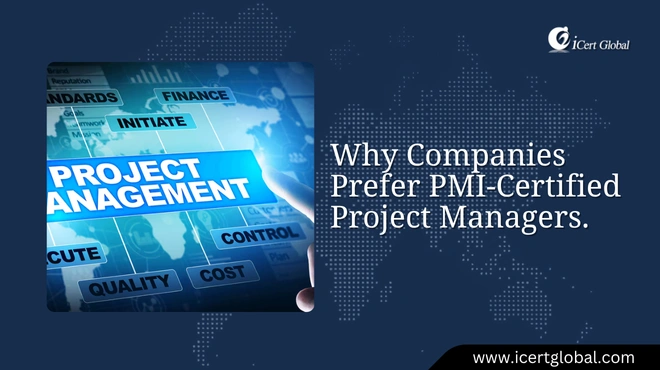

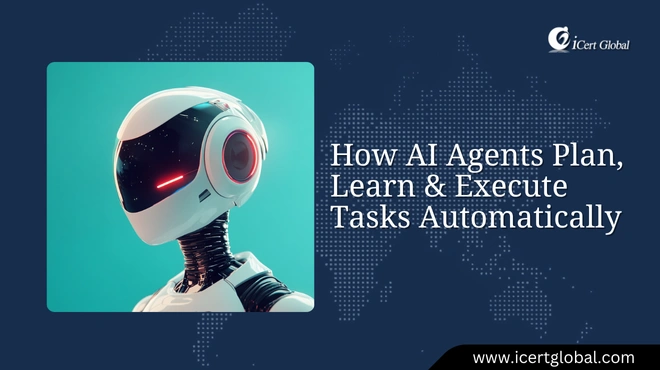
.jpg)




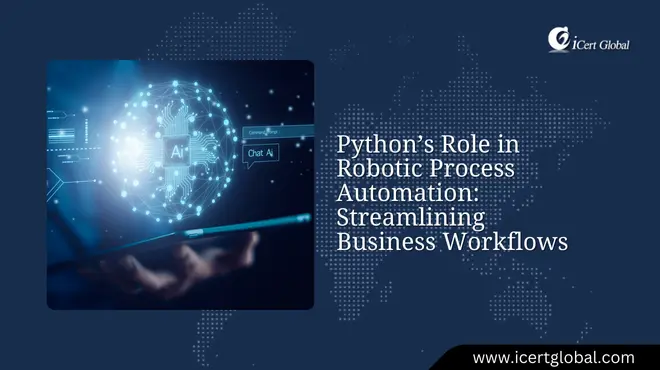
.webp)
.webp)
